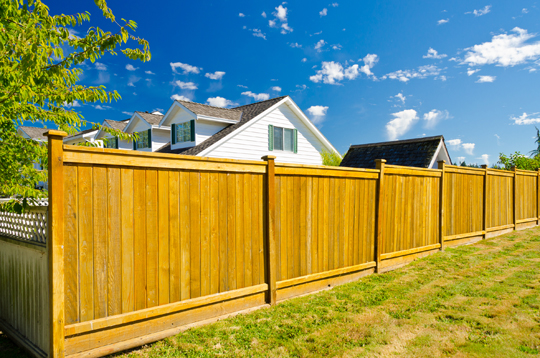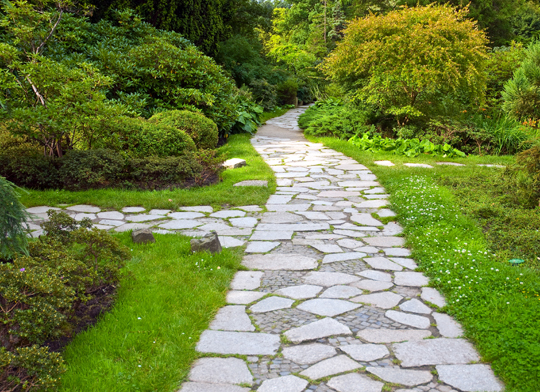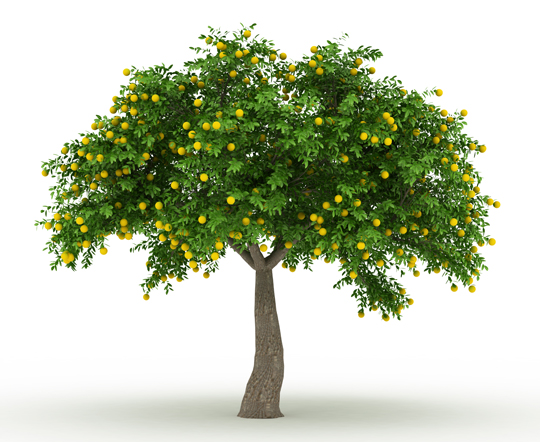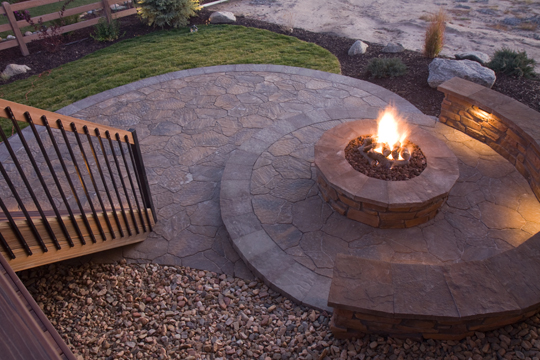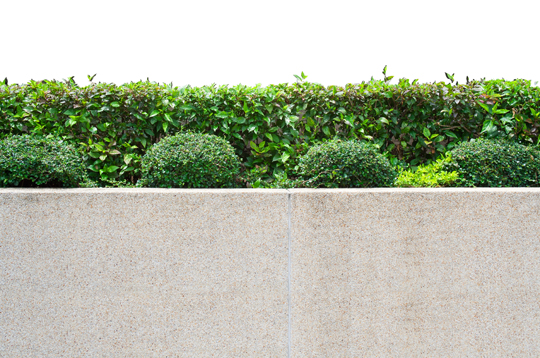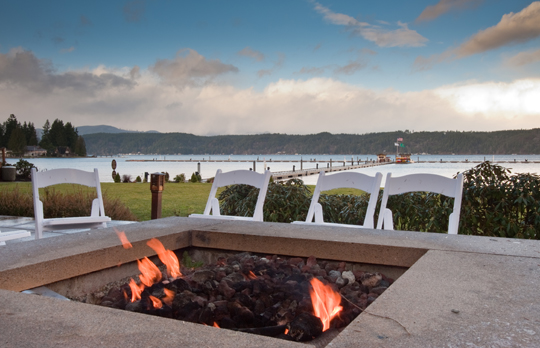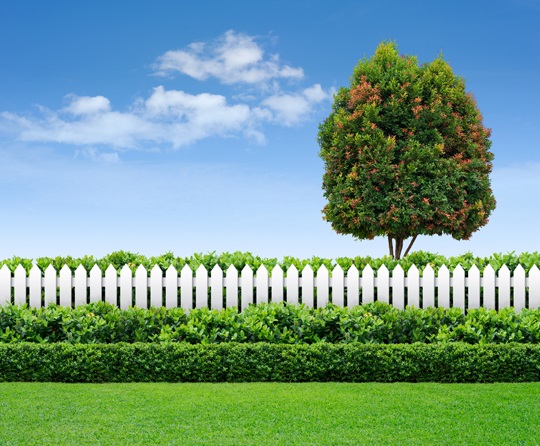Privacy fencing ideas are a great way for keeping your home and garden away from the prying eyes of neighbors. A little privacy is always a good thing. Although it’s always good to have beautiful homes and gardens, it’s always something you want to share with families and friends and not with the general public.
There are several ways to make your garden more appealing, such as garden terraces, gazebos, and beautiful, decorative plants. However, in our private moments, we need our solitude as well.
Fencing ideas are a good way to have this privacy. Not only do you get your own privacy, but you get to keep your guests’ privacy as well when you have your own parties and get-togethers. There are a lot of privacy fencing ideas. Here, we show you how to pick the best privacy fencing ideas for your home and garden.
1. First, you have to consider the cost of your fencing ideas. Determine your budget. Building your own fence brings the cost down substantially, because you don’t have to pay someone else to do it.
However, you have to invest in your own tools and, not to mention, your own time in doing so.
2. Another way of bringing down the cost is by recycling the materials of a neighbor who is tearing down a fence or a building that is up for demolition. Usually, you can get the materials for free.
3. Another factor for cost is also the material you use. Trees, shrubs, and trellises are relatively inexpensive and offer good privacy fencing ideas.
These will give you the best ideas because they will keep the cost down as opposed to buying readily made fences that use materials such as brick, wood, or plastic that, aside from being harder to maintain, will cost you more to install.
Need help landscaping your garden or installing a new fence? Contact TalkLocal today for help on your privacy fencing ideas! We will have you on the phone with the right professional in just minutes.

